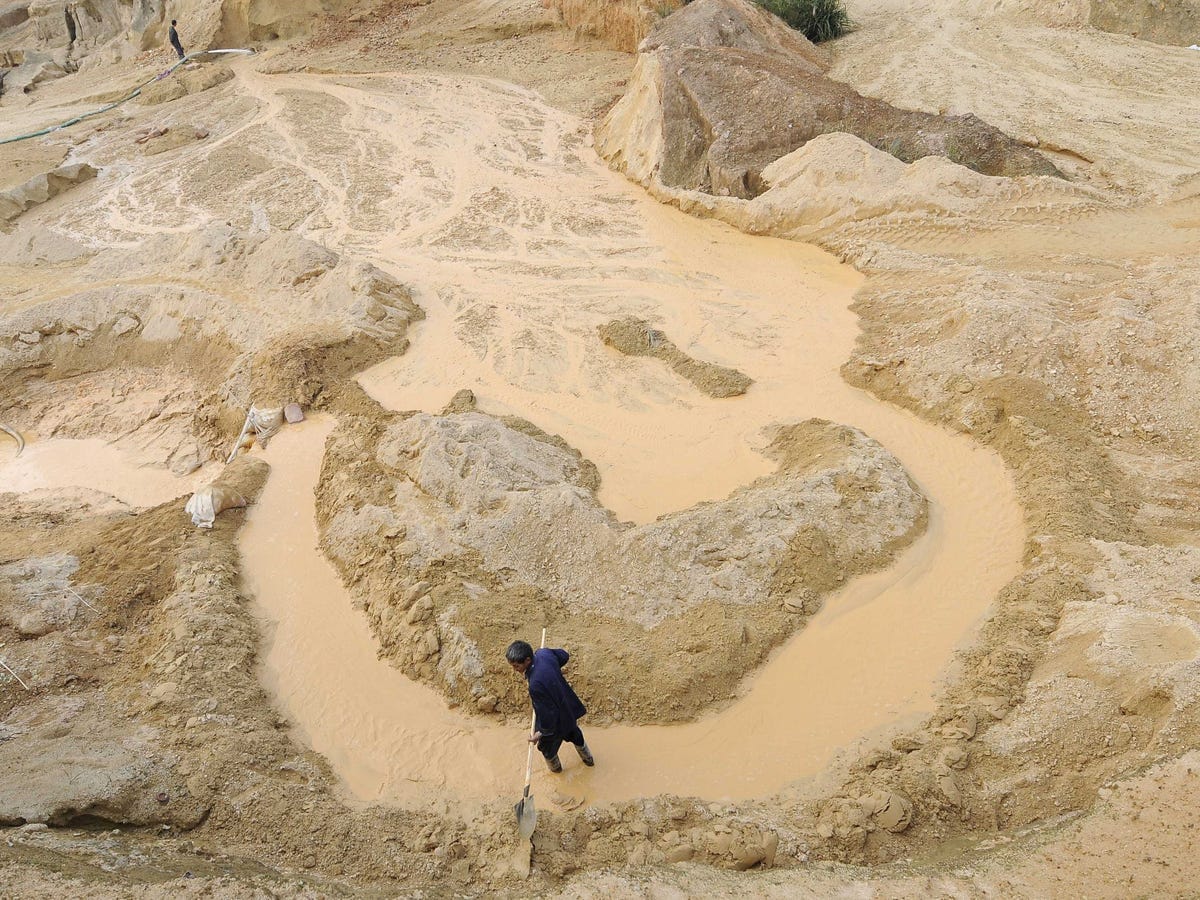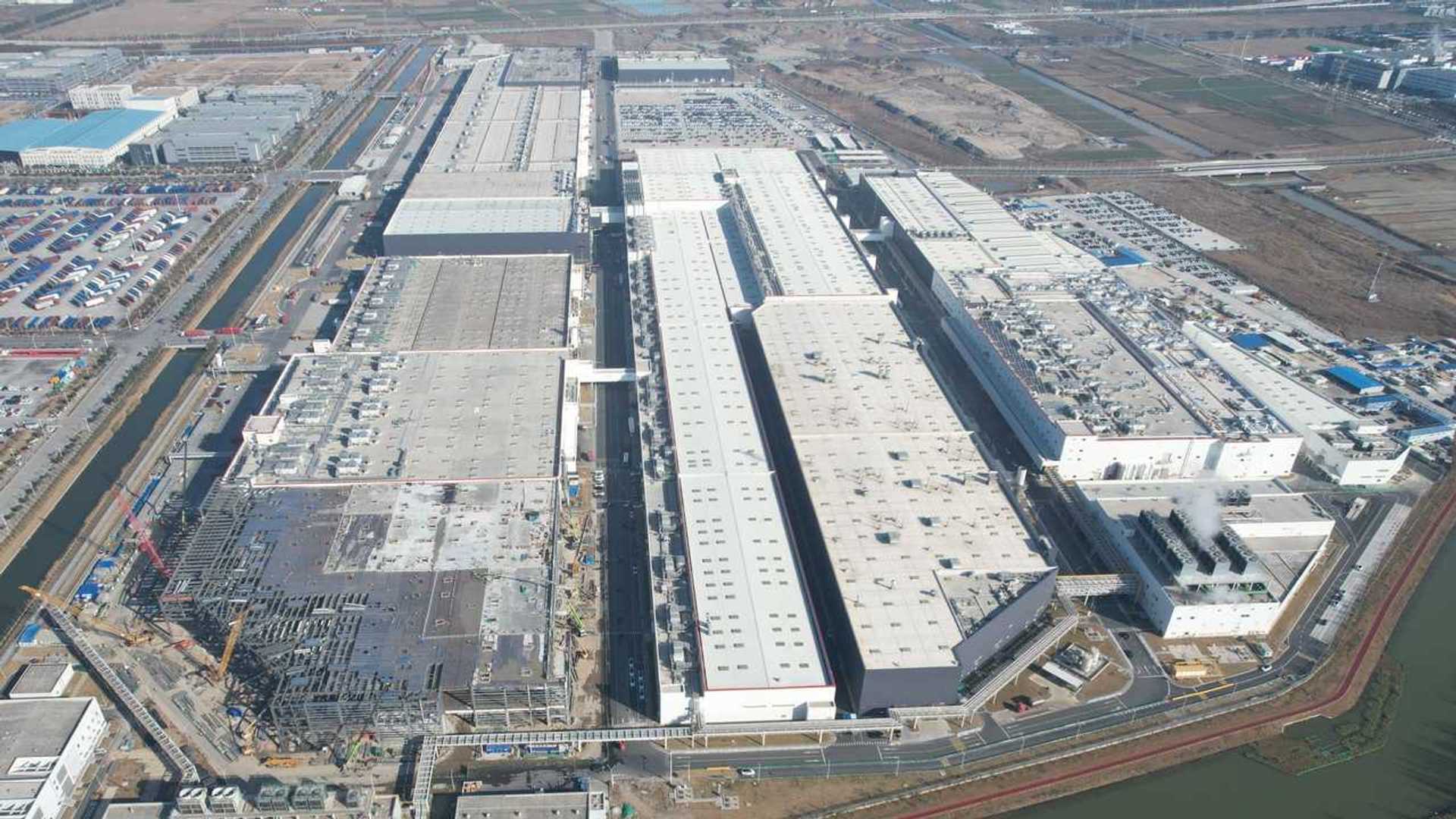In recent months, China has implemented stricter regulations on the mining and export of rare earth elements, which has triggered significant concerns within the automotive industry. These critical minerals, including neodymium and dysprosium, play an indispensable role in the production of electric vehicles (EVs), batteries, and other advanced automotive technologies. As the world moves toward green energy and electric transport, China’s dominance in the rare earths market poses both challenges and risks, particularly for auto manufacturers reliant on these vital resources.
Rare earth elements are a collection of 17 distinct minerals that have unique properties used in various applications, including the magnets found in electric motors, catalytic converters, and battery components. China controls an estimated 80% of the global supply of these crucial materials, giving it considerable leverage in the international market. The recent tightening of controls has raised concerns among automakers, who fear that the restrictions could hinder production, disrupt supply chains, and lead to significant delays in delivering vehicles to consumers.
The automotive industry has been grappling with supply chain disruptions since the onset of the COVID-19 pandemic, which affected everything from semiconductor availability to logistics networks. The new limitations on rare earth mining and exports add another layer of complexity. Manufacturers are already facing high demand for electric vehicles as more consumers and governments shift toward sustainable transportation options. The rising concern is that shortages of rare earth elements may prevent companies from meeting this demand, leading to potential production slowdowns or shutdowns.
The implications of a rare earth shortage extend far beyond production lines. Additionally, production delays can have cascading effects, impacting other sectors closely tied to the automotive industry, such as parts suppliers and service providers. The potential for a slowdown in vehicle production could lead not only to longer waiting periods for consumers but also increased prices and reduced availability in the marketplace.
In response to these developments, some automakers are seeking alternatives to reduce their dependence on Chinese rare earths. There is ongoing research aimed at finding substitutes for rare earth materials or developing more efficient technologies that minimize their usage. However, this transition is not something that can be achieved overnight; thus, companies must navigate the immediate challenges presented by China’s increased restrictions.
Some countries are taking steps to secure their own supply of rare earth materials. The United States, for instance, has made investments aimed at identifying and developing domestic sources of rare earths. In recent years, there have been efforts to revive mining operations within U.S. borders, though the feasibility of these projects may depend on overcoming environmental regulations and economic viability. Similar initiatives have been reported in Canada and Australia, both of which contain significant rare earth deposits. However, building a supply chain capable of meeting automotive demands could take years and requires substantial investment.
Apart from domestic sourcing, collaborations with other nations are being explored to diversify supply chains. Countries like India and Mongolia, which have reserves of rare earth elements, may emerge as alternative suppliers. Fostering these relationships could also contribute to geopolitical stability, reducing the risks associated with over-reliance on any single country or supplier. Nevertheless, establishing these new supply chains introduces its own complexities and timeframes, often requiring international cooperation and investment.
European automotive manufacturers are similarly feeling the effects of China’s rare earth restrictions. The European Union has been increasingly vocal about the need for reducing its reliance on Chinese imports in various sectors, including automotive components. Initiatives are underway to bolster local production and create strategic partnerships to enhance supply security. However, similar to her counterparts, European companies are also facing a pressing timeline as they transition towards electrified vehicle lineups in order to comply with stringent environmental regulations.
In conclusion, while China’s recent controls on rare earth elements are designed to preserve its domestic resources, the ramifications for the global automotive industry are profound. Companies are left to grapple with the dual challenge of navigating immediate production risks while also strategizing for a more sustainable and diversified future. As the industry strives to meet growing consumer demand for electric vehicles, collaboration across borders, advancements in technology, and the development of alternative sources will be critical in overcoming these formidable challenges. For consumers, the unfolding scenario serves as a reminder of the intricate web of supply chains that underpin the products they rely on daily, highlighting the interconnectedness of global industries and economies.



